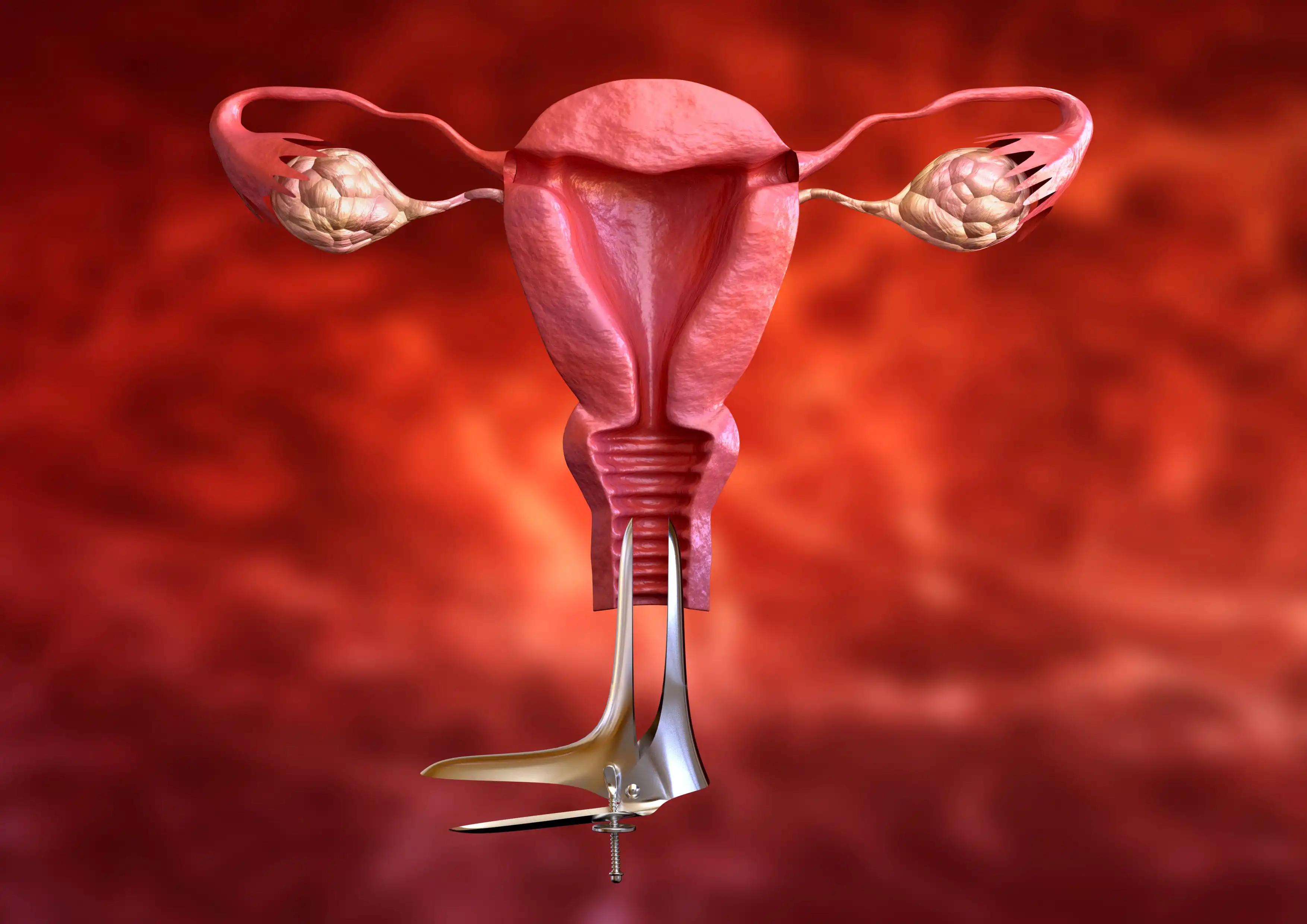KEY TAKEAWAYS
- The phase 2 trial aimed to investigate the efficacy and safety of Tislelizumab + CRT for patients with high-risk LACC.
- The primary endpoint was to determine tumor regression ratio after EBRT.
- Researchers noticed that Tislelizumab + CRT demonstrated significant antitumor activity and manageable safety.
Concurrent chemoradiotherapy (CRT) is the standard treatment for newly diagnosed locally advanced cervical cancer (LACC). However, local recurrence and distant metastasis are the main modes of CRT failure in LACC, especially for patients at high risk, such as those with stage IIIA-IVA, tumors with large masses (>4cm), or regional lymph node metastasis (LNM).
Shanshan Ma and the team aimed to evaluate the efficacy and safety of tislelizumab (anti-PD-1 antibodies) combined with CRT for high-risk LACC.
They performed an inclusive analysis involving eligible patients aged 18-75 years with ECOG PS 0-1 and histologically confirmed cervical cancer with 2018 FIGO stage IIIA, IIIB, IVA or cervical tumors > 4cm with regional LNM, or paracervical invasion with regional LNM. Patients had not received prior systemic therapy, surgery, or radiation. All patients received CRT combined with tislelizumab 200mg Q3W for 1 year or until disease progression or intolerable toxicity.
The CRT regimen included at least 4 cycles of cisplatin 40mg/m2/W, EBRT 45-50Gy/25f, followed by BT 28-30Gy/4-5f. The primary endpoint was the tumor regression ratio after EBRT. Secondary endpoints included 3-month and 6-month objective response rates (ORR) after CRT, 1-year and 3-year overall survival (OS) and progression-free survival (PFS), and safety.
About 30 patients were enrolled until February 28, 2024. In which 25 patients completed CRT and were available for evaluation. The median age was 59 years (range 40-75). The tumor regression ratio after EBRT was 90.6%. The 3- and 6-month ORR after CRT were 100% and 100%. The 1-year PFS rate was 100%. The main adverse effect was neutropenia, including 36% for grades 3-4 and 20% for grades 1-2.
The incidence of radiation enteritis was 64%, with all cases being grade 1-2. Other adverse effects such as nausea, vomiting, and dizziness occurred during CRT and could be alleviated after symptomatic treatment. No immune-related adverse events were observed.
The study concluded that Tislelizumab combined with CRT showed valuable antitumor activity and controllable safety in high-risk LACC. The combination regimen can be considered one of the treatment options for these patients.
The trial was sponsored by Yong Zhang,MD.
Source: https://cslide.ctimeetingtech.com/gynae24hybrid/attendee/confcal_1
Clinical Trial: https://clinicaltrials.gov/study/NCT05588219
Ma S, Zhang Y, Wu F, et al. (2024). “Efficacy and safety of tislelizumab combined with concurrent chemoradiotherapy for high risk locally advanced cervical cancer.” Presented at ESMO-GC 2024 (Abstract 26P).



